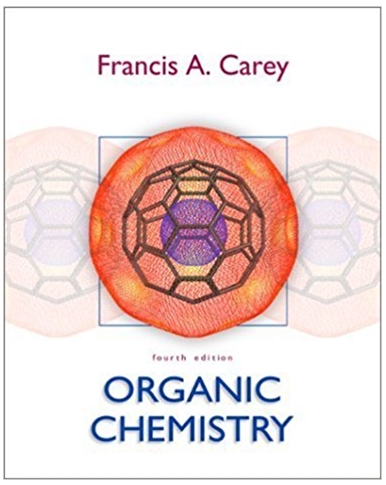Write a structural formula for the principal organic product or products of each of the following reactions:
Question:
reactions:
(a) Acetyl chloride and bromobenzene, AlCl3
(b) Acetyl chloride and 1-butanethiol
(c) Propanoyl chloride and sodium propanoate
(d) Butanoyl chloride and benzyl alcohol
(e) p-Chlorobenzoyl chloride and ammonia
(f)
(g)
(h)
(i)
(j)
(k)Acetic anhydride and 3-pentanol
(l)
(m)
(n)
(o)
(p) Ethyl phenylacetate and methylamine (CH3NH2)
(q)
-10.png)
(r)
-11.png)
(s)
-12.png)
(t)
-13.png)
(u)
(v)
(w)
(x) (CH3)2CHCH2C=N and aqueous hydrochloric acid, heat
(y) p-Methoxybenzonitrile and aqueous sodium hydroxide, heat
(z) Propanenitrile and methylmagnesium bromide, then H3O
(aa)
-17.png)
(bb)
Fantastic news! We've Found the answer you've been seeking!
Step by Step Answer:
Related Book For 

Question Posted:





